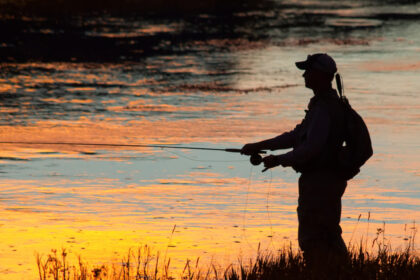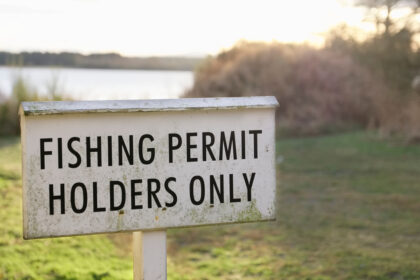Barometric pressure, also known as atmospheric pressure, is the force exerted by the weight of the atmosphere on the surface of the Earth. It is measured in units of pressure, such as millibars (mb) or inches of mercury (inHg). Changes in barometric pressure can be an indication of changes in weather, with high pressure often indicating good weather, and low pressure indicating the potential for stormy weather. Barometric pressure in fishing can also affect the behavior of fish, including trout, and can impact their feeding patterns.

Barometric Pressure and Trout Behaviors
Here are 5 ways barometric pressure can affect the behavior of trout:
- Feeding Patterns: Changes in barometric pressure can affect the feeding patterns of trout. Trout are often more active and likely to feed when the barometric pressure is stable or rising. Conversely, when the barometric pressure is falling, they may become less active and more difficult to catch.
- Depth: Barometric pressure can also impact the depth at which trout feed. When the pressure is high, they may be more likely to feed in deeper water. Conversely, when the pressure is low, they may feed in shallower water.
- Location: Changes in barometric pressure can also cause trout to move to different locations. They may move to deeper water or different areas of a stream or lake in response to changing pressure.
- Activity: Trout may become more or less active in response to changing barometric pressure. This can impact their willingness to take bait or lures, and may require anglers to adjust their fishing techniques accordingly.
- Sensitivity: Some studies suggest that certain species of trout are more sensitive than others to changes in barometric pressure. This means that some types of trout may be more affected by pressure changes than others, which can impact their behavior and feeding patterns.
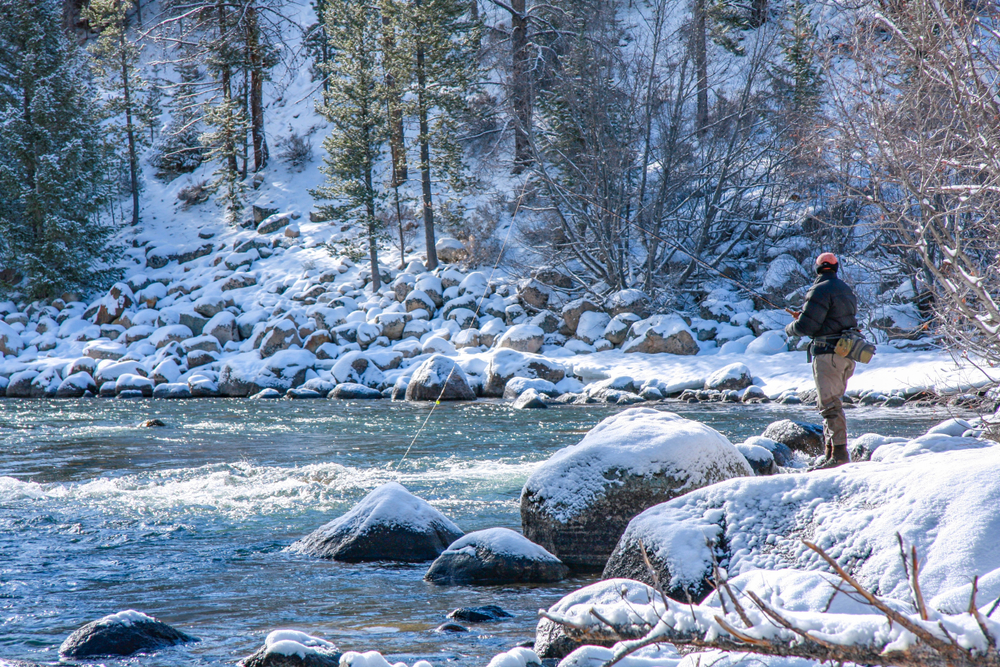
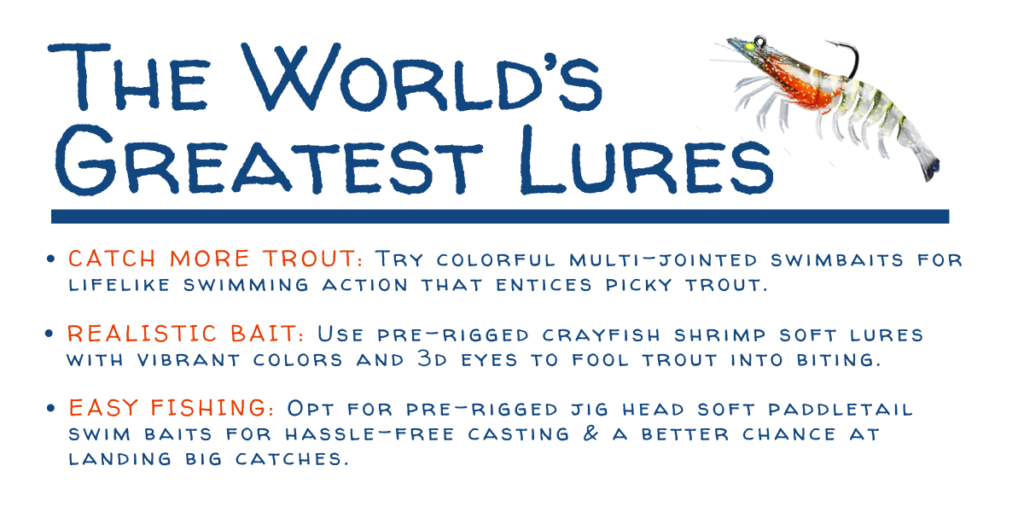
Barometric Measurements That Are Ideal for Trout Fishing
As previously mentioned, high or rising barometric pressure can be ideal for trout fishing. Trout are usually more active and likely to feed during these conditions. Typically, high-pressure systems range from 1,020 mb (30.12 inHg) and above. While it’s not a foolproof rule, many anglers find that high-barometric pressure days can be some of the best for trout fishing. Medium or stable pressure can also be good for trout fishing, ranging from 1,000 to 1,020 mb (29.53 to 30.12 inHg). However, low or falling barometric pressure is usually not ideal, as it can indicate unstable weather conditions that can make trout less active and less willing to feed. Low-pressure systems usually range from 980 to 1,000 mb (28.94 to 29.53 inHg) and below.
Barometers for Anglers
Barometers are available for anglers to use. There are several handheld barometers specifically designed for fishing that can be easily carried while fishing. Some models have a built-in storm alarm that can detect sudden drops in atmospheric pressure, which can signal an incoming storm. These barometers can be useful tools for fishermen to help predict fish behavior and adjust their fishing techniques accordingly. Additionally, many fishing apps now include barometric pressure forecasts and readings to help fishermen plan their trips and improve their chances of a successful catch.
Anglers can buy barometers at various sporting goods stores or specialty retailers that sell fishing equipment. Additionally, there are many online retailers that offer a wide selection of different types of barometers for sale. Some popular online retailers include Amazon, Bass Pro Shops, Cabela’s, and FishUSA. Many of these retailers offer a variety of handheld barometers specifically designed for fishing, as well as more advanced weather stations and digital barometers that can provide detailed weather information.
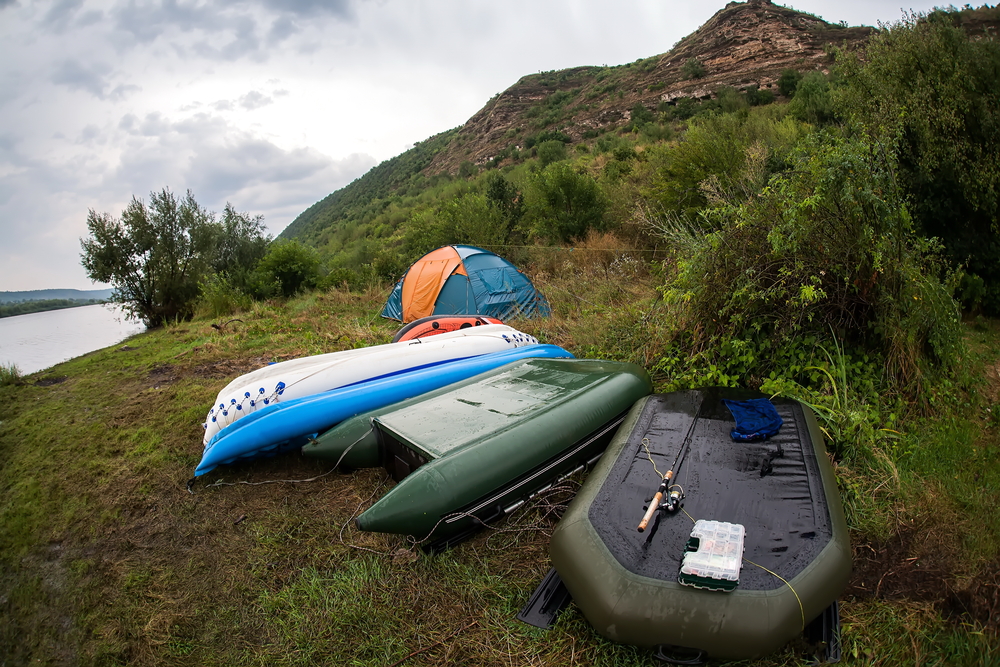
In Summary
Barometric pressure affects trout behavior, with stable or rising pressure (indicative of stable weather conditions) being ideal for fishing due to increased activity and feeding. Trout may change depth or location depending on the pressure, requiring adjustments in fishing techniques. Monitoring barometric pressure with a barometer is recommended to predict fish behavior accurately and increase chances of a successful catch.


